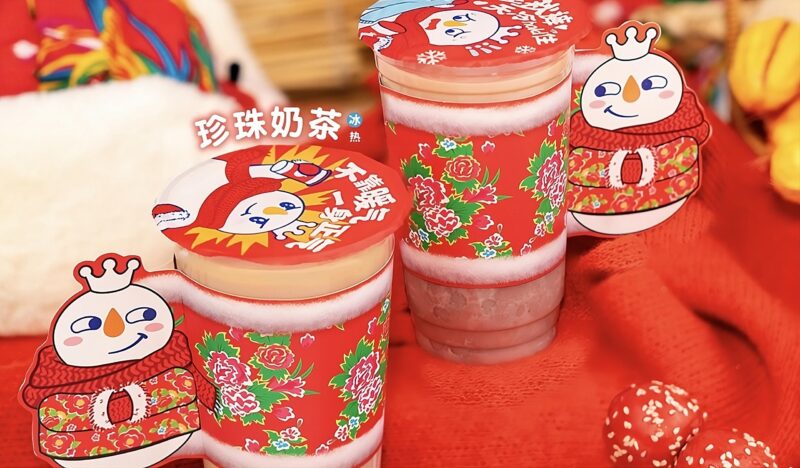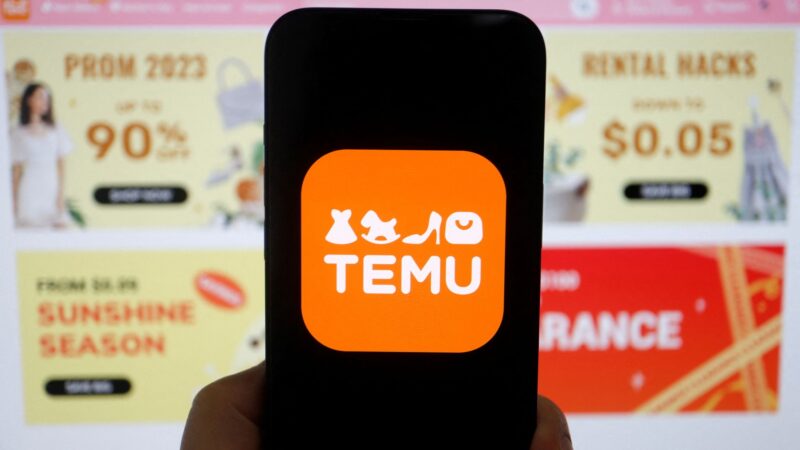In a digital age where image often reigns supreme, young Chinese consumers have found a novel way to partake in the luxury lifestyle without bearing the financial burden. This new trend, known as dianzi dapai (电子大牌 or “digital high-end brands” in English), allows users to virtually try on and showcase luxury items like jewellery, handbags, and cosmetics through photo editing rather than paying for the real deal.
According to the New Retail Business Review and various social media platforms, this phenomenon has rapidly gained traction online, especially among young people who earn around 5,000 RMB (685.84 USD) per month. Taking Chinese social media platforms by storm, the hashtags “Young people fall in love with ‘digital high-end brands’” and “Would you Photoshop luxury brands on photos?” have garnered over 447,000 views and 516,000 views respectively to date on Weibo (China’s Twitter-like platform).
The appeal of this newfound virtual luxury experience is the fact that it provides young people with an alternative to traditional luxury consumption. With just a few taps on a smartphone, users can apply the latest trendy lipstick colours or superimpose expensive jewellery onto their photos. Mixing irony and fun, the trend indicates a shift in how the younger generation perceives and interacts with luxury brands.
Coco, a recent graduate who prefers to go by a pseudonym, shared her thoughts with Chinese news outlet CBN Data on the trend, stating, “It doesn’t matter whether there are brand names or not. The key is that you can keep the photos forever. Isn’t that nice? There are so many rich people, so I can’t be left out.” Her sentiments reflect the growing popularity of this concept, where the notion of using photoshopped high-end brands to enjoy a wealthy life becomes a playful, yet intriguing part of the digital experience. This trend, as Coco notes, has led to an interesting twist in photo editing, with more people joining in to flaunt their virtual luxury.
However, what most netizens may not realise about this trend is the legal implications involved. Legal experts warn of potential infringement issues, as many luxury brands have patents on their designs. Moreover, the direct use of brand names and product images in paid software could pose significant legal risks. This concern is heightened as luxury brands themselves have started to explore digital iterations of their products in the metaverse, with companies like Louis Vuitton and Gucci already making forays into this virtual realm.
Amidst the popularity of “diànzǐ dàpái“, the luxury goods market is facing its own set of challenges. LVMH, the world’s largest luxury goods group, reported a significant slowdown in their third-quarter sales growth. This slowdown is indicative of a larger trend in the luxury market, where sales growth in core sectors like fashion, leather goods, and cosmetics has decelerated. Simultaneously, luxury brands continue to raise prices, with iconic products from brands like Chanel seeing dramatic price increases over recent years.
Overall, this digital engagement, often driven by a mix of curiosity, fun, and a touch of irony, represents a departure from traditional modes of luxury consumption among Chinese youth. It serves as a clear signal to luxury brands looking to enter or expand in the Chinese market that the ability to effectively blend the allure of their products with the digital savviness of this demographic will be key to finding success in the market.









